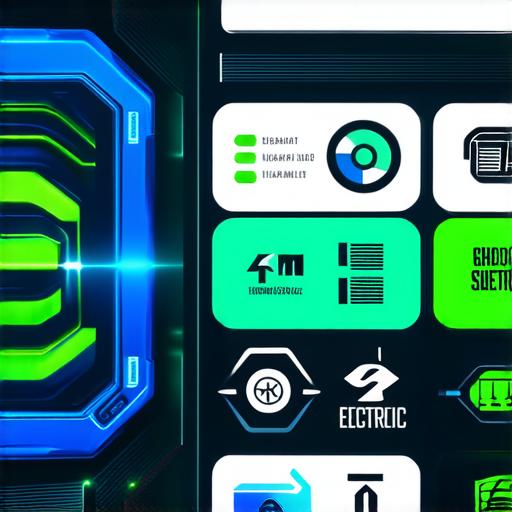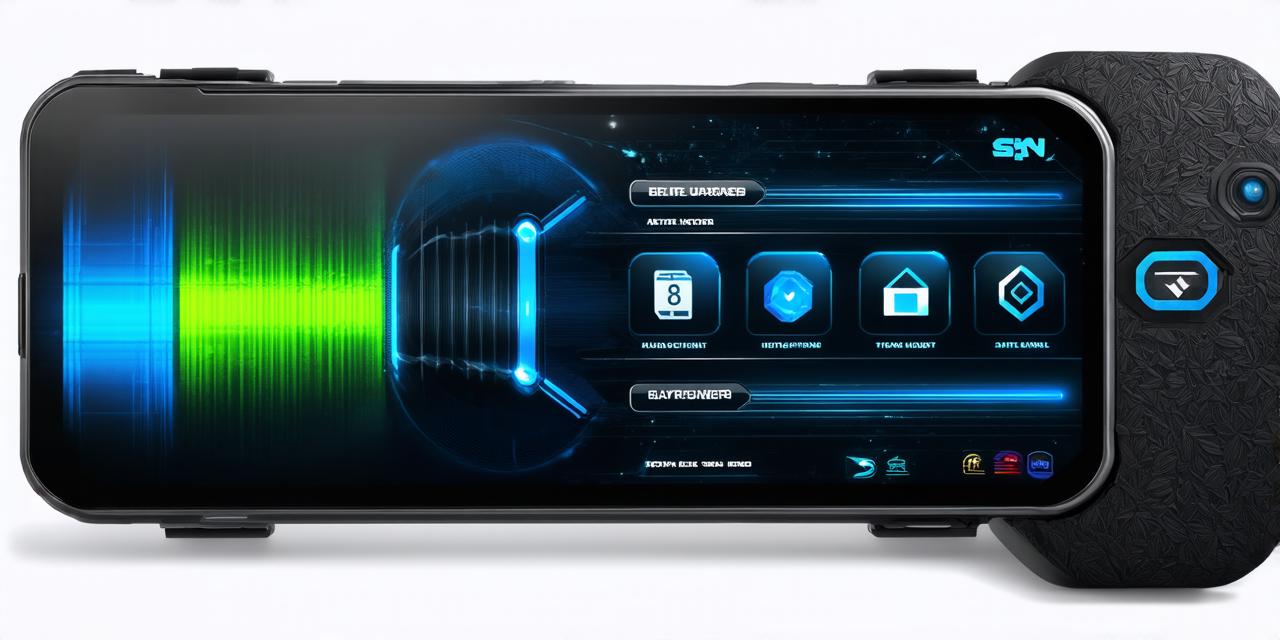Augmented reality (AR) is a technology that overlays digital information onto the real world. AR apps and experiences use a combination of computer vision, sensors, and data sources to create immersive and interactive experiences for users.
What is Augmented Reality?
AR is a technology that allows digital content to be overlaid onto the real world. It creates an enhanced reality experience by combining computer-generated graphics with real-world environments. AR apps and experiences can be accessed through smartphones, tablets, or specialized AR devices such as smart glasses or headsets.
The core concept of AR is to create a seamless blending of virtual and real-world elements. By doing this, AR can enhance our perception of the physical world and provide new ways of interacting with it. AR apps can be used for a variety of purposes, including education, entertainment, marketing, and healthcare.
Types of Information Used in AR
AR apps and experiences use various types of information to create immersive and interactive experiences. Here are some of the most common types of information used in AR:
- Computer Vision
- Sensors
- Data Sources
- User Input
4. User Input
AR apps and experiences often rely on user input to personalize the experience and make it more engaging. For example, an AR app for a car showroom can allow users to customize a virtual car by changing its color, adding features, or adjusting the interior design. User input can also be used to control the behavior of virtual objects in the real world, such as making a character in an AR game move or interact with other elements in the environment.
How AR Enhances Our Perception of the Physical World
AR apps and experiences have the potential to enhance our perception of the physical world by providing new ways of interacting with it. Here are some examples of how AR can enhance our perception:
- Immersive Experiences
- Personalization
- Improved Learning and Education
- Enhanced Marketing and Advertising

Real-Life Examples of Augmented Reality in Action
There are many real-life examples of how augmented reality is being used in various industries. Here are a few examples:
- IKEA Place
- Pokemon Go
- Snapchat Filters
- Audi AR Experience
Summary
Augmented reality is a powerful technology that has the potential to enhance our perception of the physical world and provide new ways of interacting with it. AR apps and experiences use various types of information, including computer vision, sensors, data sources, and user input, to create immersive and interactive experiences. By understanding how AR works and what types of information it utilizes, developers can create engaging and innovative AR experiences that capture the attention of consumers and provide a memorable experience.
